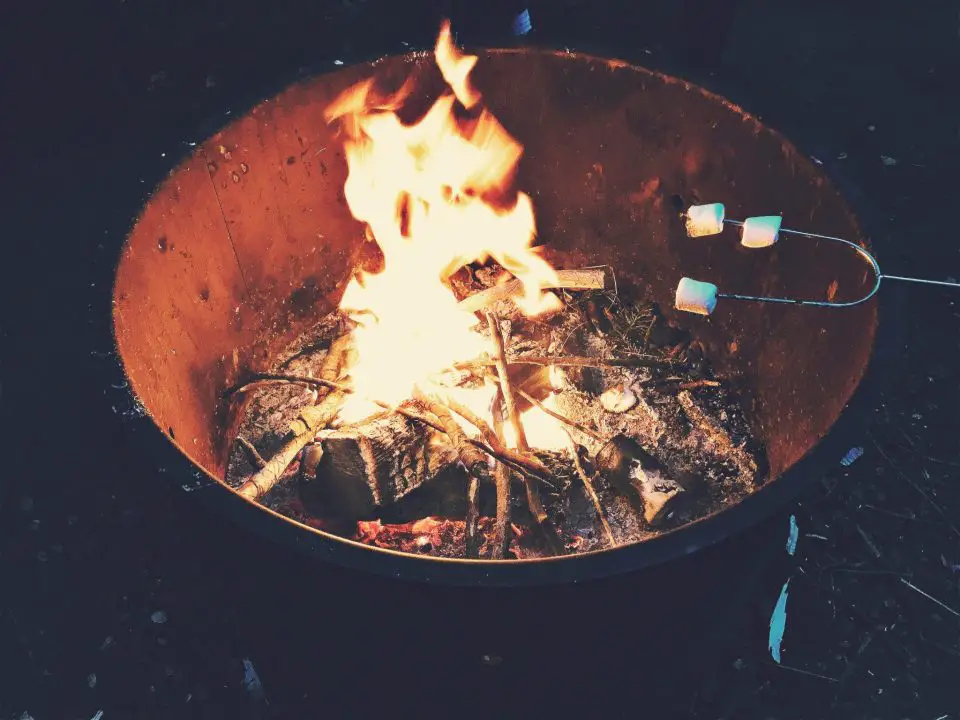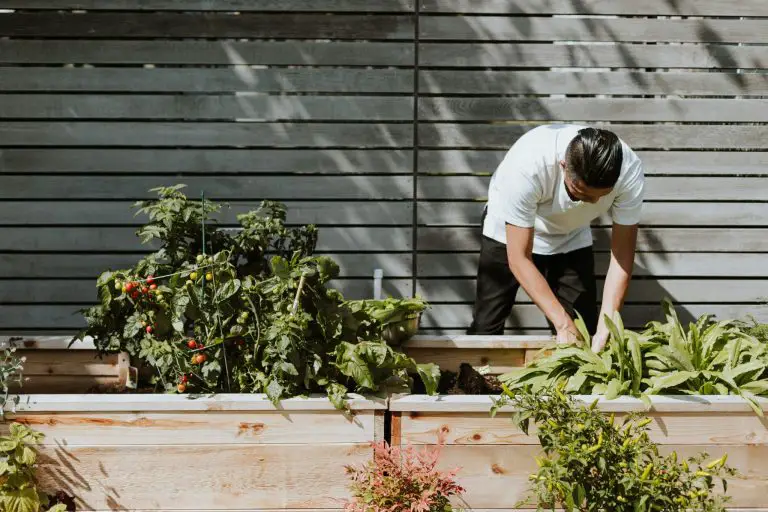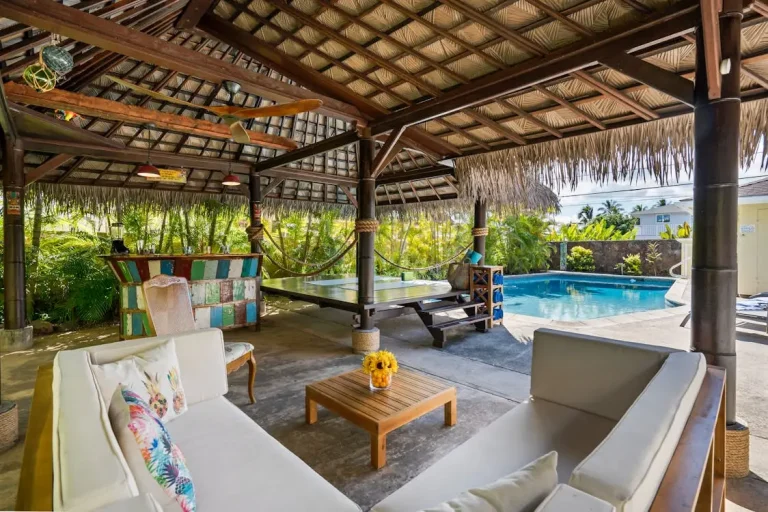
Something magical happens when you sit around a fire pit on a cool evening, roasting marshmallows, telling stories, and warming up. If you have ever dreamt of having a cozy fire pit in your backyard, know you are not alone. This is a rewarding project that increases the functionality of a yard and can easily add a spot to find relaxation. But before you get into construction, here are a few critical design tips and some basic safety considerations to go by.
Pick the Right Location
The first thing you want to consider when building a fire pit is where to place it. You want to find an open area away from any structure, trees, or overhanging branches. Most experts recommend having at least a 10-foot clearance from your house, fences, or other flammable objects. More is better.
This will prevent an accident causing a fire and will keep your pit out of danger of catching something on fire. And while you’re planning your perfect fire pit setup, you can click here to place a bet and test your fortune.
When choosing the spot, also consider the typical direction of the wind. A fire pit that is directly in a very windy area may cause embers to fly around, which is a fire hazard and could cause burns or damage. If you can help it, choose a location protected from strong winds but with good ventilation.
Choose Proper Materials
Once you find your spot, it is now time to select materials. A number of choices can be opted for depending on the desired look and the need to fit this within one’s budget. Stones or bricks are good options for a natural look or a more rustic finish. They are durable and have the added advantage of being able to bear high temperatures emanating from the fire pit.
More modern features could be concrete and metal ones. Concrete has your area looking sleek and modern, while the classiness of a metal fire pit, often made from steel or copper, is an excellent combination of style and coziness. Whichever material you go with, you should have it designed so that it can withstand high temperatures without cracking or breaking down from exposure to such intense heat.

Design Your Fire Pit
When it comes to design, the possibilities are endless. The shape and size of your fire pit may be contingent upon your preference and available space. The most common is, of course, a circular fire pit, which lends itself to a natural formation for gathering, but the square or rectangular can offer a more modern or structured ambiance.
Consider the seating arrangement around your fire pit. For instance, built-in seating, such as stone benches, will provide a cohesive look and ensure there is always a place to sit. Movable chairs offer flexibility, letting you change up the space for different activities. Be sure to leave enough room around the pit for comfortable seating without crowding the area.
Another important design consideration is the height of the pit. A pit that is too low may prove rather cumbersome to enjoy comfortably, and if it’s too high, you won’t feel the warmth of the pit. The general rule of thumb is to have it 12-14 inches from the ground and 4-6-inch-high walls above ground level. This height is good enough for easily accessible use yet still provides a barrier safe from the flames.
Safety First: Things to Consider
A non-combustible base is what your fire pit needs. Such materials include sand, gravel, or a special pad; they create some barriers between your fire pit and the ground to protect the ground from heat damage or an accidental fire. Never place a fire pit directly on a wooden deck or other flammable surfaces without proper insulation.
Safety is foremost in the construction and utilization of your fire pit. Check your local regulations. Many jurisdictions have specific codes or restrictions for outdoor fire pits, right down to the kinds of materials you can use and how far they must be from buildings or property lines. You may even need a permit in some regions, so doing a little research in advance is merited.












